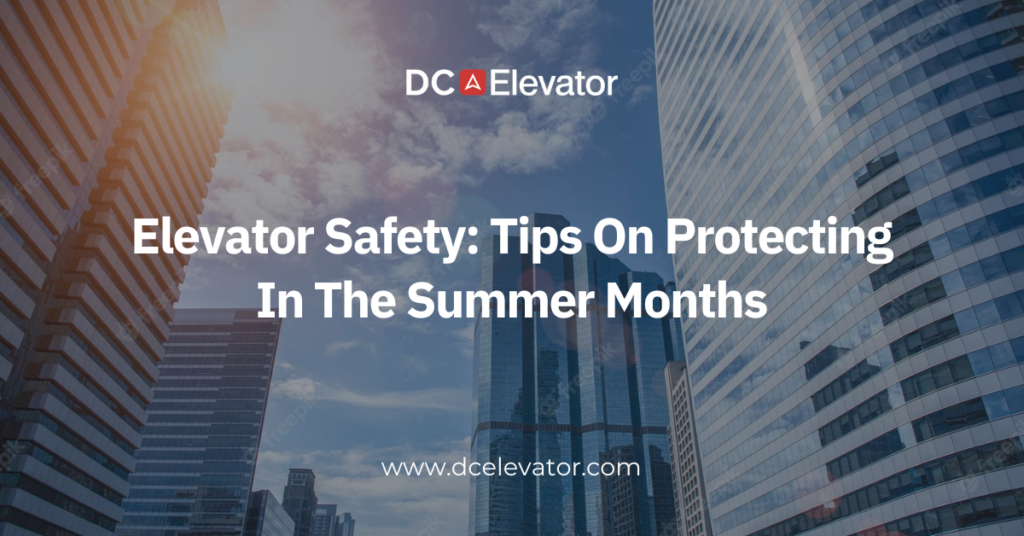Did you know that every year, on average, 30 people are killed in elevator accidents? Half of these fatalities were caused by falls into elevator shafts.
Workplace training will help you enhance your elevator safety and avoid these types of mishaps. As a result, you should conduct frequent inspections and maintenance to reduce the likelihood of fatalities.
Note that the weather can be dangerous during the summer, impacting the elevator’s usual operation. You’ll need to secure your elevator while also keeping your facility’s occupants safe.
This post will give you advice on how to protect elevators throughout the warm months.
REGULATE HEAT IN THE MOTOR ROOM
First, the temperature in your elevator motor room might fluctuate quickly, potentially leading to malfunctions. From there, make sure the temperature doesn’t rise above 15.5 degrees Celsius or drop below 32 degrees Celsius.
Second, equipment failure will result from temperatures that are higher than this. This has an impact on your facility’s operating effectiveness.
The humidity must thus not be more than 85%. Elevator issues may be brought on by high humidity levels, keeping it out of operation for days or even weeks. For you, that might be a major nuisance.
Finally, malfunctioning elevators endanger the lives of everyone stuck within. Long-term heat exposure can cause health problems like nausea and convulsions.
INSPECT DURING THE SPRING SEASON FOR ELEVATOR SAFETY
It’s a good idea to regularly inspect your elevator machine rooms. Clear the windows, hatches, and ventilation apertures that are blocked.
It is crucial to protect elevators from the sun and the elements. By doing this, it is possible to keep water from getting to the electrical panels.
You can get assistance from your elevator maintenance firm to replace the cooling system. A specialized cooling system can function quite well.
Small buildings can also be equipped with air conditioners to provide heat control when the temperature rises.
INITIAL ELEVATOR PREPARATION
There are several ways you can get ready for unexpected elevator issues. Provide easy access to a map with elevator locations and emergency phone numbers for your maintenance staff.
Make an appointment to inspect the ventilation in the air shaft. Ask a specialist for assistance on corrective action if there are any issues.
The emergency call system and lights should be regularly checked for optimal operation. To make sure the environment is comfortable, replace your outdated thermostat controls.
SURGE PROTECTION AND POWER BACKUP
When demand for electricity rises during heat waves, blackouts may happen. Electrical power constraints may result from the increasing demand for air cooling.
For the protection of elevators, you can install a surge protection system. A power backup system is another thing you might get to help you in an emergency.
Elevators that are hydraulic, machine room-less, or traction operate well with emergency return systems.
ELEVATOR SAFETY
Choosing the proper elevator might be challenging due to its variety. You must be aware of the precise size you require.
Knowing the elevator’s load capacity might also be helpful in the interim. Elevator security and safety are therefore crucial factors as well.
Brake systems and alarm systems are examples of security measures. As a final step, make sure the elevator cabin has a phone installation.
